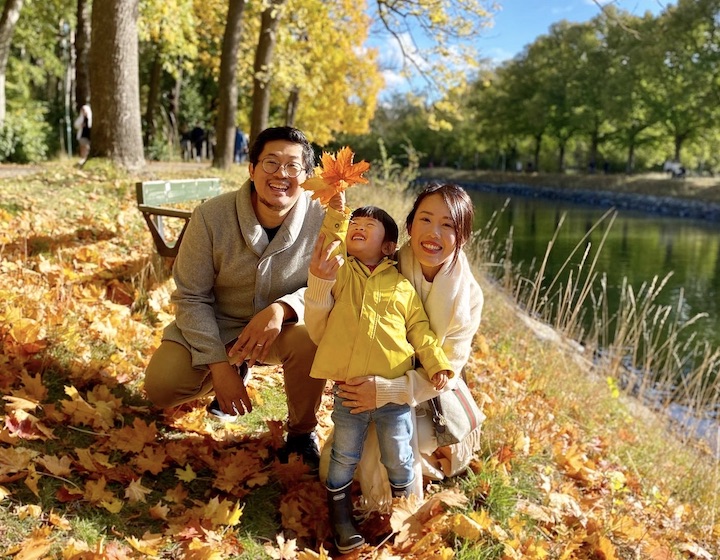
 Post Category - ParentingParenting
Post Category - ParentingParentingSingaporean mama June Low talks about how she enjoys living in a progressive society where there’s a healthy work-life balance and kids are given the freedom to make their own choices
In our latest Overseas Mama series, Singaporean June Low talks about her career in gaming and her life in Stockholm with her husband and her four-year-old daughter Kyra. She shares how schools in Sweden give kids a lot of freedom and let them make their own choices, teaching them to understand their own body and feelings with an emphasis on learning through active play. June and her hubby worry that if they were ever to return to Singapore their kid might not be able to adapt to or catch up with the syllabus in Singapore (since in Sweden kids don’t learn to read or write until they are 7). June says “Both of us had taken the typical traditional education route in Singapore and we are not huge fans. It all feels overwhelming when compared to Sweden where kids are allowed to enjoy their childhood.”
Click here to read about other Overseas Singaporean mamas!
Can you tell us a little about yourself?
My husband and I have been together for 14 years. Our love for games has found us our careers. We both work in the gaming industry – first in Singapore and now here in Stockholm, Sweden. As a community manager for the past nine years, I am passionate about bringing the best experiences to mobile game players and helping gaming companies find new ways to communicate to the audience.
I grew up in Singapore and lived with my grandma, parents, uncle and aunt. I am the eldest of three children and I didn’t enjoy studying. Singapore’s education system felt so stressful and stifling. I did however like arts and crafts so much that I decided to go to Nanyang Academy of Fine Arts (NAFA) to major in art and animation after I finished secondary school.
After graduation, I found a job as an artist in a 2D animation company and that was the start of my very short-lived animation career before moving on to games. But to this day, I still find myself inspired by different art mediums and I love movies and animated films of all genres. My hobbies are travelling, running, trying different cuisines, going to museums, hiking, and exploring new places—then sharing all of my experiences on Instagram.
Fast forward to today, I’m a proud mother of a four-year-old girl and an eight-year-old French Bulldog. Even though life is crazy on some days, most of the time it does feel fulfilling. My closest family member is my sister who is four years younger than me, and I miss living far apart from her. We haven’t been back to Singapore since the pandemic began so it has been more than two and a half years since we last saw our family.

What brought you to Stockholm, Sweden? How long have you been living overseas?
When my husband received news that his game company would be shut down in Singapore, we were on holiday in Barcelona, Spain and we started panicking about what to do next. Shortly afterwards, he received a call and got an offer to move to his company’s office in Stockholm since he was on an important project and they wanted him to continue working on it.
We moved here in 2017 so it has been five and a half years—not that long really. Stockholm is a beautiful, modern, and well-connected European city. Its population is around 2 million and most people can understand and speak English.
Favourite aspect about living in Stockholm?
The work-life balance and emphasis on raising children in a progressive society is something that we really appreciate here. In Sweden, it’s not frowned upon to leave the workplace earlier (between 3:30pm and 4:30pm) to pick kids up from school. Working parents often head to the office earlier and then leave earlier. It’s part and parcel of life here. The government gives us 480 days of parental leave from the moment our child was born in Sweden until she turns eight years old, to be split between both parents.
Each year we take a month off work to go on vacation during summer when daycare is closed for four weeks, a good break from our daily routines. There is also a thing called “vabba” where parents take time off work to care for a sick child and are still paid. It is a legal form of leave in Sweden. This has supported us greatly in our family life as we get to spend more time with our kid and it helps us to better manage our time.
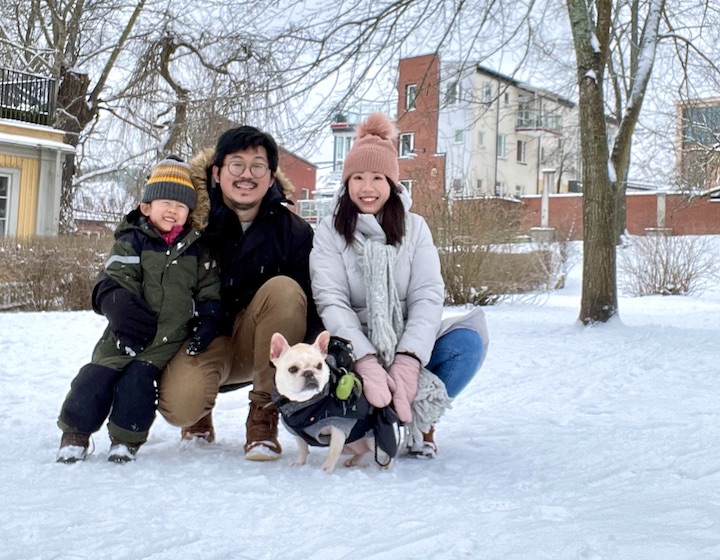
And the worst part?
There are so many things that I love about Sweden but definitely not the harsh weather! Winter can be too cold and often last too long, spanning six to seven months. The darkness doesn’t help either. Most people I know, even locals, hate the darkness because in the whole month of November, we get a maximum of only five to six hours of daylight.
It is common for some people to have seasonal affective disorder (SAD). It can feel incredibly isolating during this time as many people, us included, prefer to stay indoors since it’s so cold outside. The Christmas festive season is a huge holiday in Sweden where everybody gets together with their family and it leaves us feeling homesick too.
How do you think parenting in Stockholm differs from parenting in Singapore? What do you appreciate most about it?
Parenting in Sweden is mostly a positive experience though I can’t compare it with Singapore because I only became a parent after I moved here. Truth is, without our extended family here with us, my husband and I are wholly independent as we can only depend on ourselves to take care of our child. The great thing is that the system in Sweden supports raising a family and since both of us work full-time, we are able to leave our daughter at daycare for up to eight hours a day, from when she turned one year old. Since Swedish is the main language here and is used at most public schools, as a parent, I felt it was my responsibility to try my best to learn a new language so that I could understand my daughter and her teachers.
The schools give kids a lot of freedom and let them make their own choices, teaching them to understand their own body and feelings as well as care for the environment around them. The emphasis is on learning through an eager mind and through active play, and not focused at all on academic work. Kids do not do homework and don’t learn to read and write until they turn seven. My husband and I think, as a whole, children at a young age are taught to respect and care for the environment and nature, and have the freedom to choose their interests. For example, girls can play soccer and boys can learn ballet if they want to.
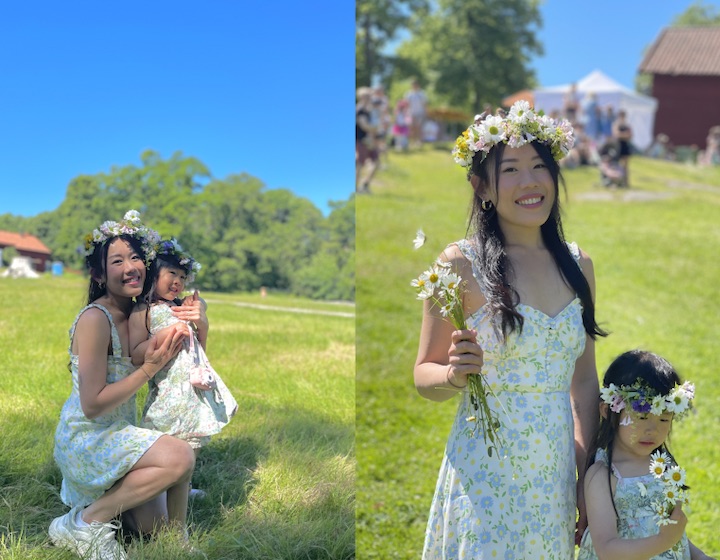
Breastfeeding is a breeze and nobody bats an eyelid when it happens here in public. Kids run around naked in the wading pools or at the beach, and there is no shame surrounding this. There is a lot more diversity and acceptance in Sweden and parents often allow children to be who they want to be. It is not uncommon to see boys wearing dresses to school or having long hair, wearing pink and purple, and painting their nails. The consensus here is that children should enjoy their childhood, have their choices respected, and be free of judgement to be whoever they want to be, which I totally agree with.
But there is also a strange tradition in Sweden called “lördagsgodis”, meaning Saturday sweets, which I still have problems accepting! Every Saturday, parents buy their toddlers and kids sweets and candies, and they are allowed to eat as many sweets as they want on that day. The logic is that the kids will not have an excuse to eat candies the rest of the week. I don’t follow this culture and only allow my daughter to have a few sweets on random days if she wants some.
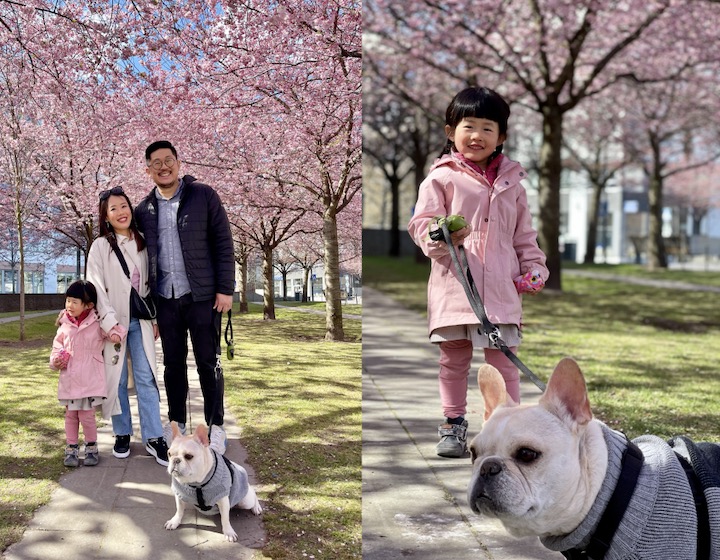
Did you give birth to your child in Stockholm? If yes, what was memorable about the experience?
Yes, I had Kyra in Stockholm, through natural birth, during autumn in 2017. The care we received during and after birth was amazing! Even though I couldn’t understand or speak Swedish at that time and the doctor and caregivers helping me with the delivery were elderly, they were so nice and gentle and tried their best to communicate with me in English.
We had a birth plan written in English which they referred to the entire time and they made sure to do all the things I was comfortable with, and gave me the epidural as I requested. After I delivered Kyra, they arranged for me to do skin-to-skin contact with her, then they got my husband to do it too when I went to take a nice, warm shower.
After that, we were brought to a “baby hotel”, made up of special rooms for post-partum care, to stay for a few nights. The caregivers have keys to all the rooms and could come and check if we need any help with breastfeeding and caring for the baby. We were also provided with a simple but sumptuous breakfast buffet each morning. For the mother, it is free but the father would have to pay for the food.
Healthcare costs for the entire pregnancy from pre- to post-partum care were covered by the government and free for those who work and live in Sweden. The healthcare workers scheduled checkups for the baby and I over the first few weeks and months to make sure we were healthy and well. Even though we are not Swedish citizens, we are very well taken care of here.
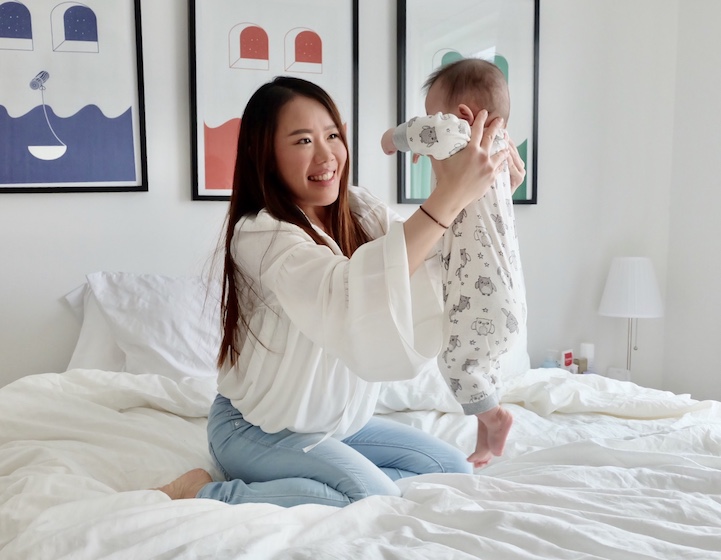
Can you talk us through your career pre- and post-baby?
When we moved to Stockholm, I gave up my job in Singapore and since I was three months pregnant then, I didn’t look for a job immediately. I stayed at home looking after our baby for the next one and a half years so my career definitely took a backseat. About 70 to 75 percent of the jobs here require Swedish proficiency. When I first found a job here, it was not in the games industry but it required someone with knowledge of social media marketing who can coordinate networking events for international partners. It was at a Swedish company so I had a fantastic opportunity to improve my Swedish too.
Now I’m back to working in a mobile game company with a diverse group of people from all over the world. I’m also in the midst of a one-year part-time digital game project management course, which I’m enjoying so far and hopefully this will allow me to advance towards my goal of becoming a producer in future.
Favourite kid-friendly restaurant in Stockholm?
Generally most restaurants are tiny here and do not have special areas or activities for kids but they usually have highchairs and can provide children’s meals on request. We don’t have a favourite kid-friendly restaurant as we are so used to being adaptable and less picky. There are so many times where the toilets are tiny and unsuitable for changing a baby but you gotta do it if you gotta do it – even if it’s on the toilet seat or floor!
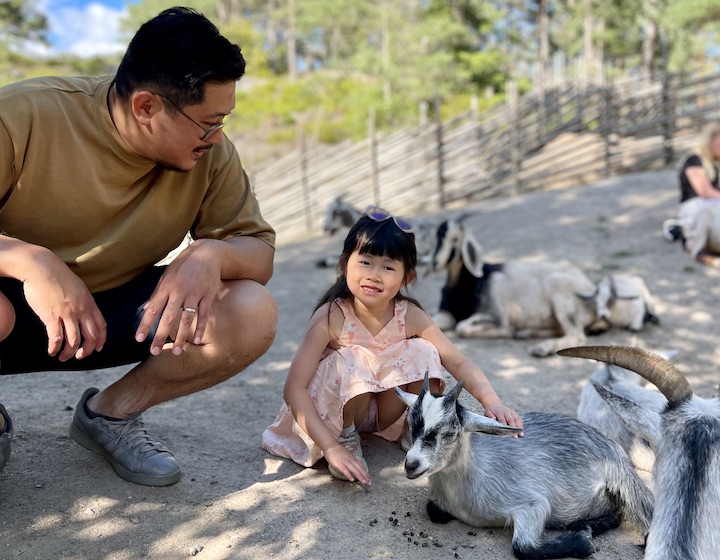
Top five places in or around Stockholm you would recommend to parents travelling with kids and why.
Skansen – At Skansen, you can discover Sweden’s history and find out how Swedes once lived in different seasons, through the customs and traditions, work, celebrations, and everyday life of times gone by. This is also a place where festive occasions are celebrated throughout the year. In the summer, there are singing, dancing, and concerts while in the winter, there are Christmas markets, dancing around the Christmas tree, and concerts. Being the world’s only open-air museum with wild animals, we can see Nordic wildlife and exotic creatures. The children’s zoo also features domestic animals such as cats, rabbits, and guinea pigs. This is Kyra’s absolute favourite place to explore!
Aspuddsparken – This park located not far from the city center is a fantastic place for kids. There are horse and pony rides, a nice petting zoo, a huge playground with slides and swings, and a small cafe selling snacks and drinks at reasonable prices. It even has a small splashing pool for the little ones. Minigolf is a popular activity in Sweden and I’m not surprised they have one here during summer too.
Spårvägsmuseet – A unique collection of trams, buses, and other vehicles are on display at Stockholm’s transport museum. It showcases an important aspect of the city’s history so the future generations can see and understand how public transport has changed from the olden till modern times. Very child-friendly with lots to see, do, and discover! The mini subway is a highlight for little ones, even if it’s a short ride!
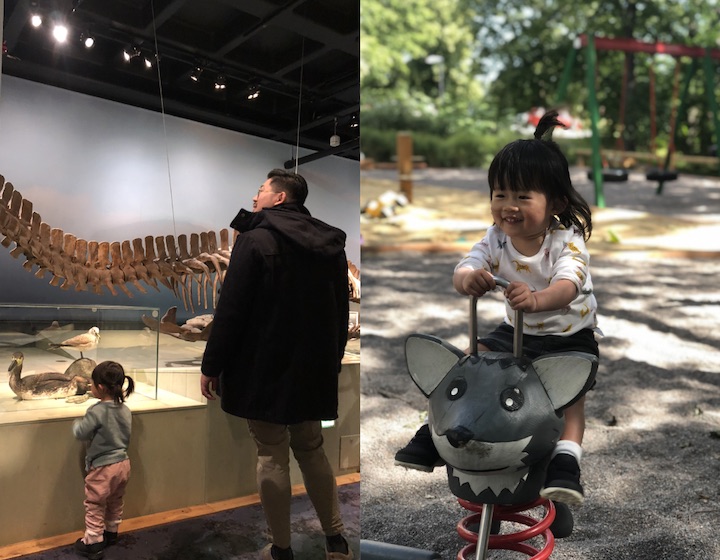
Swedish Musem of Natural History – It’s free admission for all at Sweden’s largest museum. On display are new species and fossils including those of dinosaurs. We love coming here to explore. I think that it can be inspiring to both the young and old to learn more about nature, see it in a larger context and respect their place in it.
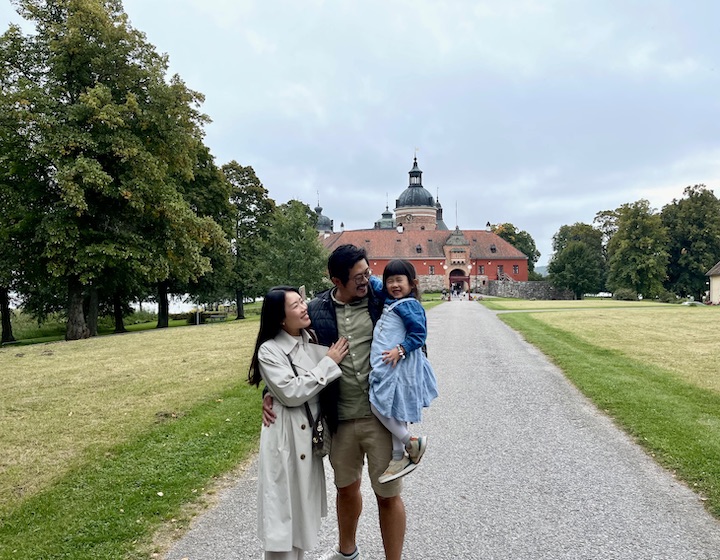
Mariefred – Take the steamship from Stockholm to Mariefred, a charming town with beautiful views and a castle. It makes for a lovely day trip. At Mariefred, you can take a little narrow-gauge steam train to Läggesta, about a 15-minute train ride away, where you can then take the normal train back to Stockholm. I highly recommend taking the steam train that makes you feel as if you have gone back in time, minus people around you taking photos with smartphones. It is so nice to see the station master at Mariefred wave his flag and look at his pocket watch. Overall, this is a wonderfully photogenic and fun experience. Children will love it!
Is there something that you do to keep your child in touch with her Singaporean roots?
I show her videos and photos of Singapore, and I cook Singaporean dishes so that she can get to sample some of our world-famous food! Her favourite is chicken rice.
Best souvenir one could bring back from Stockholm
– for a child:
You can find quaint handmade wooden toys and puzzles which are perfect and safe for babies and kids under the age of two in Stockholm while strolling in the old town Gamla Stan or in the city center.
– for a mama friend:
Specialty chocolates and truffles from Chokladfabriken, beautifully-designed handmade plates and saucers from Tambur, and vases from Åhlens. Also pastries from Café Pascal and cookies from Bröd & Salt! Sweden may not be as internationally well-known or popular a destination for croissants but you can find some amazing ones in Stockholm!
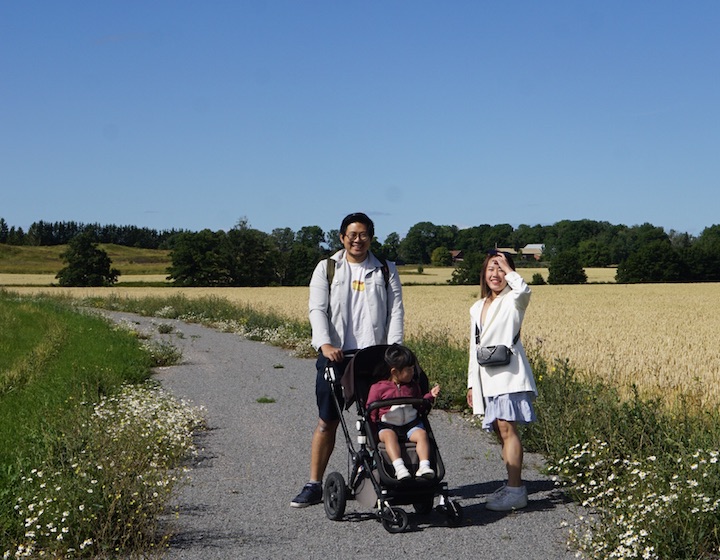
What do you find is the hardest part of being a mother living in a foreign country?
The challenges are mainly having to be present and to care for a child without the help of anyone else. We need to work as a team and find a routine that would work for us in our daily lives. When Kyra was an infant, I was a stay-at-home mum (SAHM) for one and a half years and I found it difficult to get around the city with a heavily-loaded pram during winter. As a couple, we lack the time and opportunities to go on date nights.
We rarely enlist the help of friends or a nanny, probably about once or twice a year due to the high cost of hiring one (hourly rates at $22 to $25). Our salaries provide us with a comfortable life, but it’s not in any way a luxurious one and we can’t bear to spend $100 just to go out for dinner—also an expensive affair. I cook two meals a day every day except for one or two days a week where we will dine out. To be honest, it can be quite exhausting.
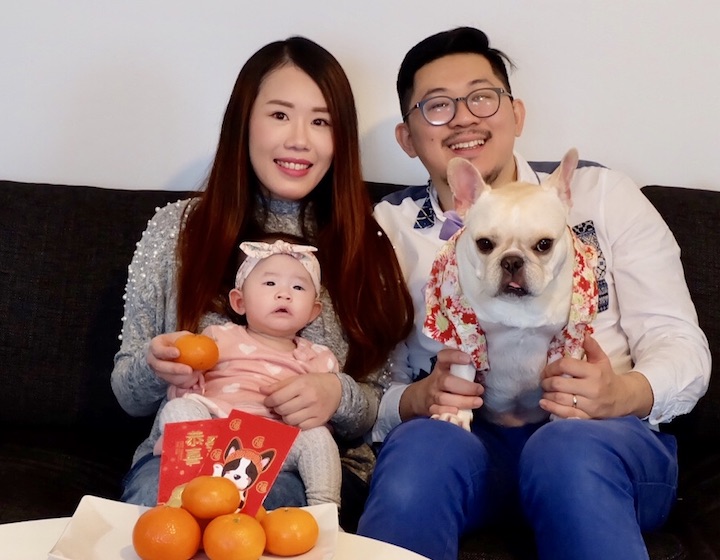
On raising multilingual children …
Kyra can speak fluently in both English and Swedish. We have not yet embarked on the journey for her to learn Mandarin and we will wait patiently until she shows interest. She prefers to speak English at home with us and Swedish at school with her teachers and friends. The challenge comes when we need to communicate in Swedish to her friends when they come for a playdate. They speak so quickly it’s hard for us to understand sometimes. My Swedish is so-so—I can understand about 60 to 70 percent of written and spoken Swedish—while my husband only has a grasp of the basics so we struggle in that area.
What do you always bring back from Singapore for yourself and for your child?
Snacks, food, books, and toys! It’s so convenient and quick to shop online in Singapore and not to mention it’s cheaper too! English books are harder to find in Stockholm and there is a much smaller selection here so we will always look for them when we are back in Singapore.
Tell us about your go-to recipe for your family.
Air-fried grilled honey soy chicken, air-fried tonkatsu with Japanese curry rice, Singapore chicken rice, cream pumpkin soup, aglio olio pasta with shrimps, stir-fried vegetables in oyster sauce, fried basil pork with rice, Singapore curry chicken, and chicken, carrot and corn soup. It’s hard to pick just one.
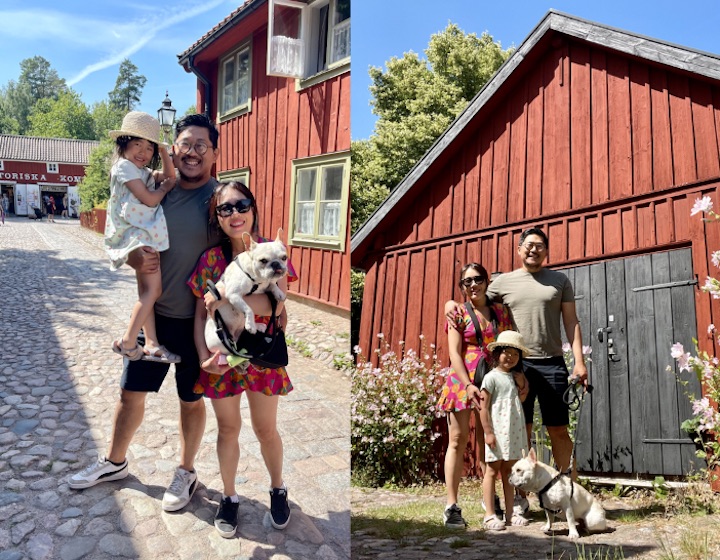
What’s the one thing you would miss about Stockholm if you moved away?
The quiet nature surrounding us be it living in the heart of the city or in the suburbs, and the changing seasons. Our family lives slightly outside the city center, 40 minutes by public transport, next to a lake and opposite a nature reserve. It’s a beautiful environment! 70 percent of Sweden is covered by forest so even if Stockholm is the capital city and we are city people, it is so easy for us to escape into the peaceful woods and fall in love with the outdoors.
What is the first thing you do each time you come back to Singapore?
Gather with friends and family over delicious, steaming hot plates of food! There’s always something yummy in every corner of Singapore just waiting to be discovered.
What do you dread most if you are moving back to Singapore?
This is the question we’ve been asking ourselves for the past five years. What we worry and dread the most is what if our kid is unable to adapt to or catch up on the syllabus in Singapore? Both of us had taken the typical traditional education route in Singapore and we are not huge fans. I have heard from my friends in Singapore discussing things like queueing for spots in their kids’ future primary schools and kids as young as five to six years old taking extra lessons to catch up on learning and also to boost their brain activity. It all feels overwhelming when compared to Sweden where kids are allowed to enjoy their childhood.
How do you think Singaporeans can benefit from living overseas?
As Singaporeans, we miss the convenience of having shops and restaurants open until late and the efficiency of how things are run in our home country. There are some things which we definitely have taken for granted like the size of apartments—the apartments in Stockholm are shockingly tiny at higher prices! We have also made international friends from living overseas, who have taught us about their cultures and helped open our minds.


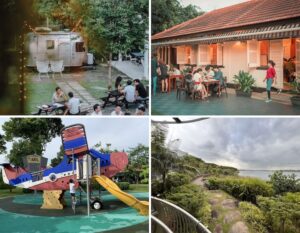
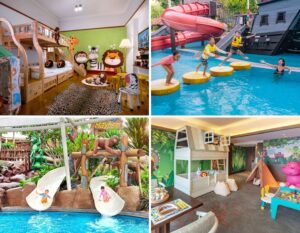

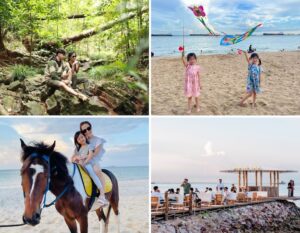
 View All
View All



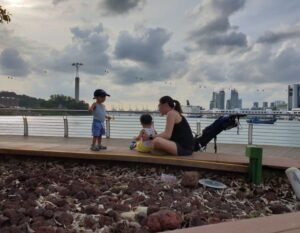
 View All
View All
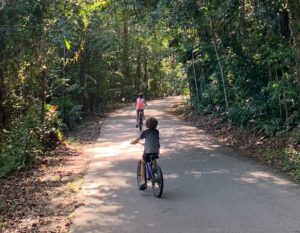
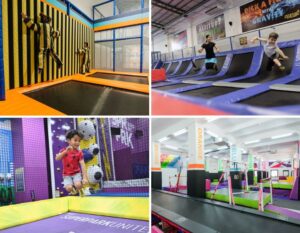






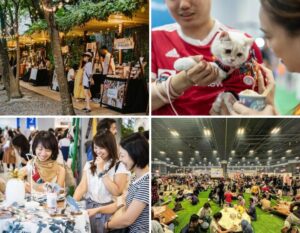

 View All
View All



![[𝗡𝗘𝗪] 𝗣𝗮𝘀𝗶𝗿 𝗥𝗶𝘀’ 𝗕𝗿𝗼𝗻𝘁𝗼𝘀𝗮𝘂𝗿 𝗣𝗮𝗿𝗸 𝗶𝘀 𝗕𝗔𝗖𝗞. 𝗦𝗮𝗳𝗲𝗿 & 𝗙𝗨𝗟𝗟 𝗼𝗳 𝗗𝗶𝗻𝗼-𝗦𝗶𝘇𝗲𝗱 𝗙𝘂𝗻! 🦕🦖
A dinosaur you can climb into, a tail slide you can zoom down, and plenty of spots for kids to swing, bounce, and explore? Yeap, it’s a full-on dino adventure. After being closed for a major revamp, Brontosaur Park is now officially open (and safe!) for little adventurers to run wild.
Comment “DINO” or hit the link in bio for more epic outdoor playgrounds in Singapore!
𝗪𝗵𝗮𝘁 𝘄𝗲 𝗹𝗼𝘃𝗲:
- A Brontosaurus structure kids can explore from the legs to the belly
- A roller slide that goes right down the dino’s tail
- Rope bridges, climbing nets & hammocks between stego spikes = plenty of ways to burn off energy
- Toddler-friendly mini dino zone for the little ones
- Spot dino sculptures painted by residents (hidden all around the park)
𝗧𝗶𝗽𝘀 𝗳𝗼𝗿 𝗺𝗮𝘅 𝗳𝘂𝗻:
- Wear grippy shoes. Lots of climbing involved
- Pack snacks and water (There are minimarts nearby)
𝗪𝗵𝗲𝗿𝗲? The playground is located between Blk 777 & 778, along Pasir Ris St 71
𝗖𝗼𝘀𝘁? FREE!
.
.
.
.
.
#DinoPlaygroundSG #PasirRisPlayground #SgPlaygrounds #OutdoorFunSG #FreePlaygroundsSG #BrontosaurPark #SgFamilyAdventures #ThingsToDoWithKidsSG #SingaporeWithKids #PlaygroundGoalsSG #ToddlerPlaySG](https://www.sassymamasg.com/wp-content/plugins/instagram-feed/img/placeholder.png)
